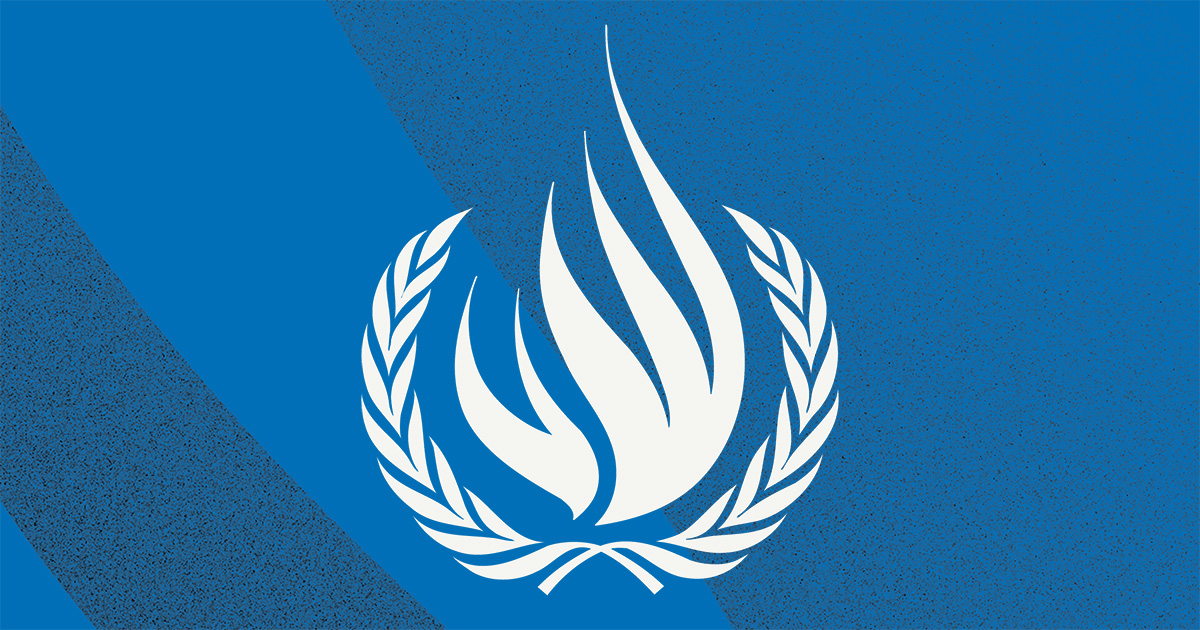
Modernisation and innovation are qualities that humanity customarily endorses and generally celebrates. They are frequently associated with development, progress and advancement of the human condition. Nevertheless, technological innovation also has a long-standing and dark history of developing monstrous and devastating war machines that destroy infrastructure and sow death among combatants and civilians alike.
In the past century there has been an unwelcome leap in the destructive power of weaponry, which has made the modern battlefield more lethal than ever. Following the introduction of nuclear weapons, humankind possessed for the first time in its history the power and capability to obliterate the entire planet, reduce it to ashes and bring its own existence to an end. It might be down to rationality, sheer luck or a combination of both that this has not happened.
Nevertheless, there is a growing, anxious expectation that the world of military strategy is on the verge of a complete revolution, by the end of which fully autonomous weapons, popularly known as killer robots, will roam the planet and conduct conflicts completely independently of the humans who have devised and created them. This is a frightening thought, because we may lose control over decisions that are literally matters of life and death, and potentially on a very large scale. There is some, probably time-limited, good news: these weapons of the Fourth Industrial Revolution do not yet exist, and we could still stop them from becoming a reality, or at least slow down their development until the political, social, moral and legal implications of having and using them have been debated and regulated.
In the meantime, cruise missiles and especially drones are serving as a prelude to the introduction of fully autonomous weapons, though neither are autonomous, and human responsibility is still applicable. Claiming otherwise is done for political convenience but such claims are false. Not having a pilot sitting in the cockpit doesn’t mean that governments, organisations or individuals are not behind the use of UAVs and decide where, when and how to employ them.
Moreover, drones are designed and built by humans. The recent use of cruise missiles and especially of drones in the attack on the Abqaiq oil processing facility and the Khurais oil field in Saudi Arabia attracted attention to the use of this type of weaponry, in an operation that not only caught everyone by surprise, but also drove home the new reality that state and non-state actors in possession of such weapons could inflict severe damage while being able to more or less convincingly deny all responsibility.
The recent use of cruise missiles and especially of drones in the attack on the Abqaiq oil processing facility and the Khurais oil field in Saudi Arabia attracted attention to the use of this type of weaponry, in an operation that not only caught everyone by surprise, but also drove home the new reality that state and non-state actors in possession of such weapons could inflict severe damage while being able to more or less convincingly deny all responsibility.
Yossi Mekelberg
Early versions of drones used during the Cold War served mainly as surveillance and intelligence flying machines, without the risk of pilots being killed or prolonged superpower negotiations for their release should they be captured after being shot down. The new generation of UAVs, which are being developed and produced by more than 30 countries, are not only highly sophisticated in terms of intelligence gathering, but also used for logistical missions, as well as being equipped with the most advanced lethal ammunition. Moreover, unlike conventional planes they can stay airborne for up to three days. Consequently they are employed for a range of missions, including extrajudicial assassinations, hitting big strategic targets, and supporting ground troops with logistics and airpower. Some drones carry “loitering munitions” and, as their name suggests, loiter around potential targets and attack them once located. The combination of their airborne longevity; the difficulty of either detecting or identifying them; their lethal ammunition; and their ability to act faster in real time and abort a mission instantly if necessary, could tempt decision makers, be they state or non-state actors, to make them a weapon of choice.
Not many were fooled by Iran’s denial of responsibility for the attack on the Saudi oil installation, and the most likely perpetrator is the Islamic Revolutionary Guard Corps. What the assault demonstrated was the vulnerability of a strategic vital interest to the use of UAVs, and the difficulty of detecting and intercepting them. The attack on the Saudi oil installations was completely unprovoked and a clear violation of international law.
This raid, due to its unanticipated nature and the severe damage that it inflicted, has caused intelligence communities and defense analysts across the world to reassess how to tackle the danger amounting from the effectiveness of this type of warfare, and its capability to cause severe damage without, at least for now, risking the attacker’s own strategic vital interests. Admittedly the ostensible ambiguity regarding who exactly was behind the attack might have created some time and space to hold fire and not retaliate.
However, here lies the potential double whammy of a drone raid; if the perpetrators believe they can hide behind anonymity it may encourage more aggressive use of military force, while the victims may misidentify those who carried it out and retaliate against the wrong target.
New technologies always advance much faster than the ability of strategic, legal, philosophical and social thinking to give adequate answers regarding their implications and how to minimise the risks that they carry. In the case of UAVs, their ease of use along with the absence of risk to personnel may tempt their operators to violate other countries’ sovereignty, to target individuals without leaving a trace, or even to deliberately leave the impression that someone else was behind an attack. Unless UAV use is regulated by the laws of war, the relatively orderly anarchy of international affairs could descend into catastrophic chaos.
Yossi Mekelberg is professor of international relations at Regent’s University London, where he is head of the International Relations and Social Sciences Program. He is also an associate fellow of the MENA Program at Chatham House. He is a regular contributor to the international written and electronic media. Twitter: @YMekelberg
Disclaimer: Views expressed by writers in this section are their own and do not necessarily reflect Arab News" point-of-view












